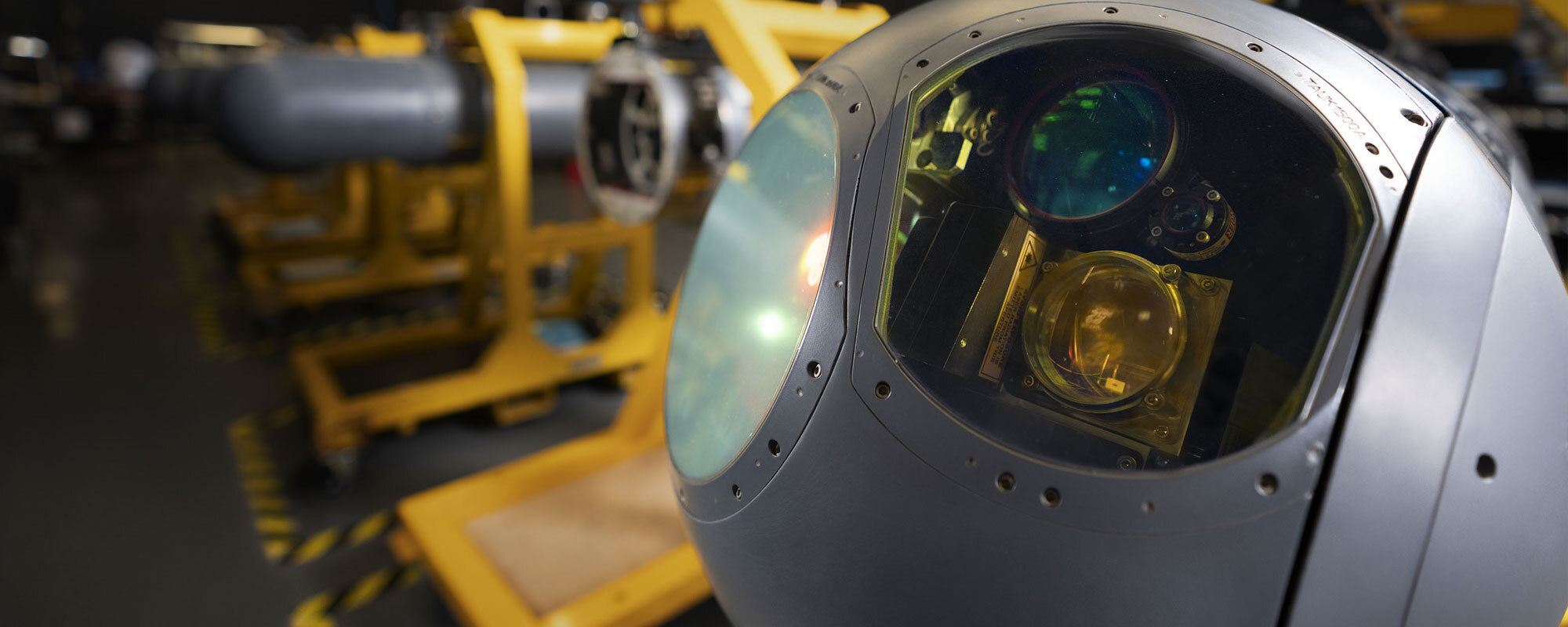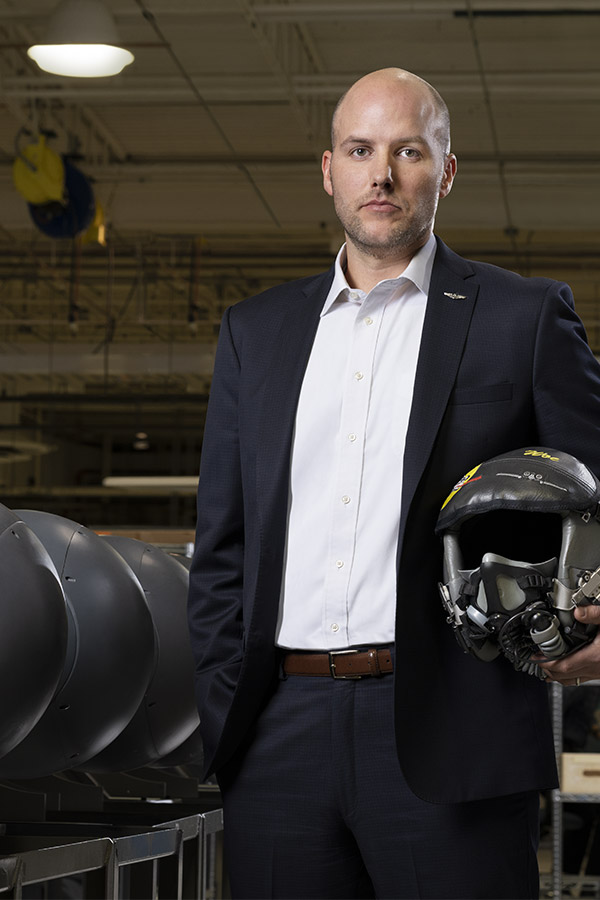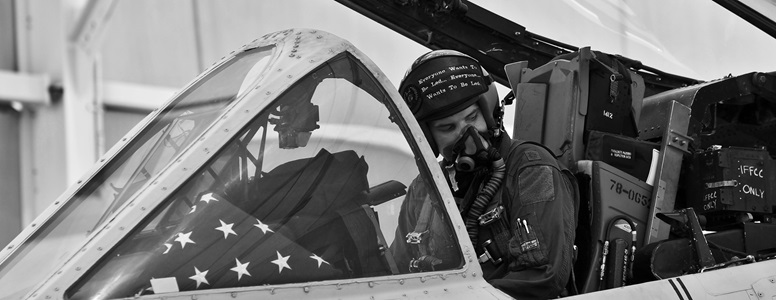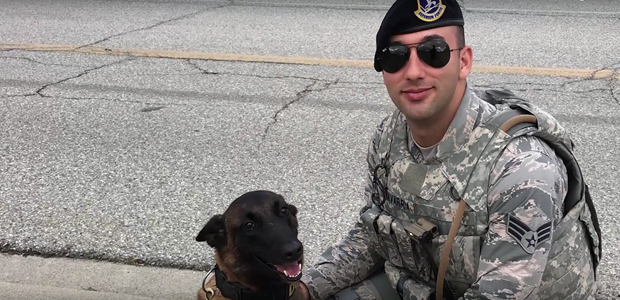LITENING's Digital Vision
How Military Aircraft EO/IR Systems Save American Lives

By Tracy Staedter
"In combat, every second matters," said Tim Grebs, program manager at Northrop Grumman.
Grebs should know. He has served 15 years in the U.S. Air Force and completed two tours of duty in Afghanistan as an A-10 fighter pilot. And the equipment that frequently bought Grebs time, he said, was the aircraft's electro-optical and infrared sensors, or EO/IR systems. The equipment, which is housed in the LITENING targeting pod under a plane's wing, captures video in visible and infrared light and renders it on cockpit displays. Because the sensors can image the air or ground environment in daytime and night, they provide increased situational awareness and help pilots to find, fix and ultimately destroy enemy targets, said Grebs.
"When I think of EO/IR systems, I think of two words: 'Situational awareness,'" he said. "I have many stories as to how EO/IR systems on military aircraft have saved lives."

Hidden in Daylight
One stands out. It happened in September 2010 in Afghanistan, during Grebs' first deployment to the country. He and another pilot were patrolling the air over the Helmand River valley in support of about a dozen Marine troops below. From thousands of feet up, in the A-10, Grebs watched the sun begin to set. The Taliban grew poppy flowers there, a source of opium that they turned into heroin to fund insurgents. Because American troops and their allies were trying to clear out the poppies, the area had become a battleground, said Grebs. A college friend of his had died in combat there six months ago, almost exactly where the Marines were operating that day.
From the cockpit window, he could see the sensors mounted under the right wing, housed inside the pod. From a gimbal he controlled from the cockpit, Grebs tilted the sensors left to right and up and down. He was using them to get a better view of the ground. According to radio communications with the Marine troops, enemy combatants were in the area, but American and allied forces didn't know where. It was still light outside and so Grebs was using the EO camera, moving between a narrow field of view with higher fidelity and a wider field with less fidelity.
Suddenly the Marines radioed to say they were taking fire. Grebs could hear the gunfire in the background and quickly it became apparent that the Taliban were just 100 yards away from the ground troops. Grebs and the other pilot tried to pinpoint the location of enemy fire. The pilots flew multiple low passes, down to 100 feet in altitude to draw fire, without success. "We couldn't see them. We couldn't find them. They were entrenched like ticks on a dog," said Grebs.
Although it was still light outside, he switched to the infrared sensors, zooming in and out. "I started picking up hot spots. Those hot spots were people," he said. The Taliban were located just on the other side of a canal from the Marines. Grebs relayed the location to the ground troops so that they could concentrate their firepower. In the meantime, he and the other pilot prepared their weapons. They made two runs over the location, expending their guns and de-escalating the situation. Grebs said the entire event lasted three or four minutes. "Without a pod, that could have been a 15- to 20-minute scenario with American lives lost," he said.

LITENING Pods Primed for Performance on Military Aircraft
Although combat days are behind Grebs, LITENING pods are still being primed for battle. In recent years, they've undergone upgrades to take them from analog to full-color digital with 1K x 1K resolution, according to Air Force Technology. A two-color laser provides spot searching and tracking. Pods also have the ability to record video, which can be used to analyze missions after they happen. Eventually, said Grebs, the video display in the cockpit will show infrared images side-by-side with the visible light images.
But the technology is only as good as the support it gets, said Grebs. He and his team work closely with clients to make sure that pods are maintained, configured and ready for use. Grebs said that just before companies and commercials flights were starting to shut down because of COVID-19, this past spring, a crew of LITENING experts flew out to Boise, Idaho, to help the Air National Guard resolve maintenance issues. The crew stayed on to ensure that the pods had their software upgraded and were working perfectly. Later, when Grebs followed up with the Air National Guard pilots, they said the pods were working exceptionally well. "The care we give to our EO/IR platform throughout the country — and the world — is unmatched," he said.


